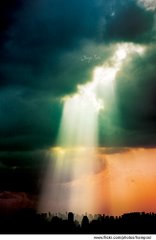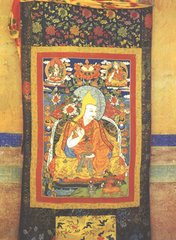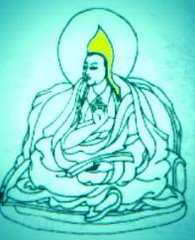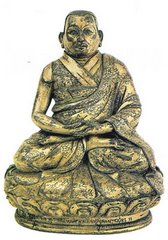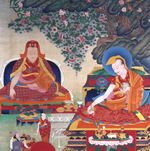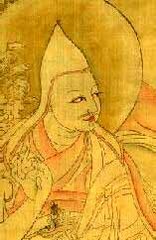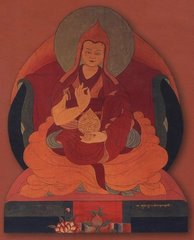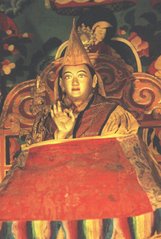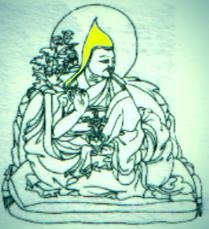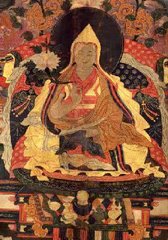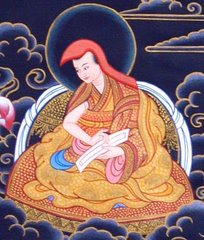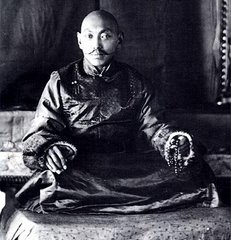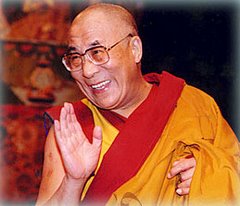
This experience was an amazing and insightful opportunity. I can’t even begin to express the impact this has had on me and how speechless I was after the Dalai Lama ceased to talk. It was an exhilarating experience to hear and see the Dalai Lama who embodies compassion and teaches the ability to lead lives of purpose and compassion. I really enjoyed his ability to convey a profound message and express his love for his words with his ebullient spirit. But more than all of his amazing attributes, I loved his simplicity.
Many people take a long time to express a message and use many useless examples and confusing phrases that distract the spectators and take away from the main statement. But the Dalai Lama is not like this at all. He clearly states his messages with simple, yet beautifully written quotes that are very easy to understand and entice a listener with their straightforwardness. In a way, I was expecting his quotes to be very complicated and spiritual, but they’re not. He has amazing and original ideas, but they’re not complicated by any means and though they’re deep, they aren’t very religious.
I also thought the Dalai Lama would be very serious and grave man but he’s the happiest person I’ve ever met. I knew he symbolized happiness and compassion, but I thought when he was public speaking he would have a very serious mood and posture. Yet the ambiance that surrounded him resembled nothing remotely close to serious. He was a short, normal man who casually sat cross-legged and laughed at all of the numerous jokes he told with the kindest face possible. He always wore a big smile painted across his face with gentle, understanding, and knowledgeable eyes.
The group of people that assembled on Maui just to see the Dalai Lama were definitely a diverse group. When I was touring the arena I heard at least six different languages spoken and saw many cultural items of clothing which really benefited the experience. We were from totally different parts of the world with customs and traditions which each represented our particular culture and heritage, yet we were all gathered there out of our own love and curiosity for the Dalai Lama and his beliefs.
Through the scorching, skin-sizzling heat, the police patrolling the area with weapons that were big enough to be from a James Bond film, and the common, distracting sounds heard in an arena setting, the Punahou group, as well as everyone there, were able to have a once-in-a-lifetime experience. I don’t believe I’ve even been fully impacted from this experience; I don’t think I’m quite mature enough to fully grasp the extensity of this unbelievable adventure that I partook and I expect that in the future I will be further impacted, but I’m still extremely grateful for the opportunities this has unlocked. From this incredible experience, seeds have been planted in the garden of my life, and I can’t wait to see how they grow.




